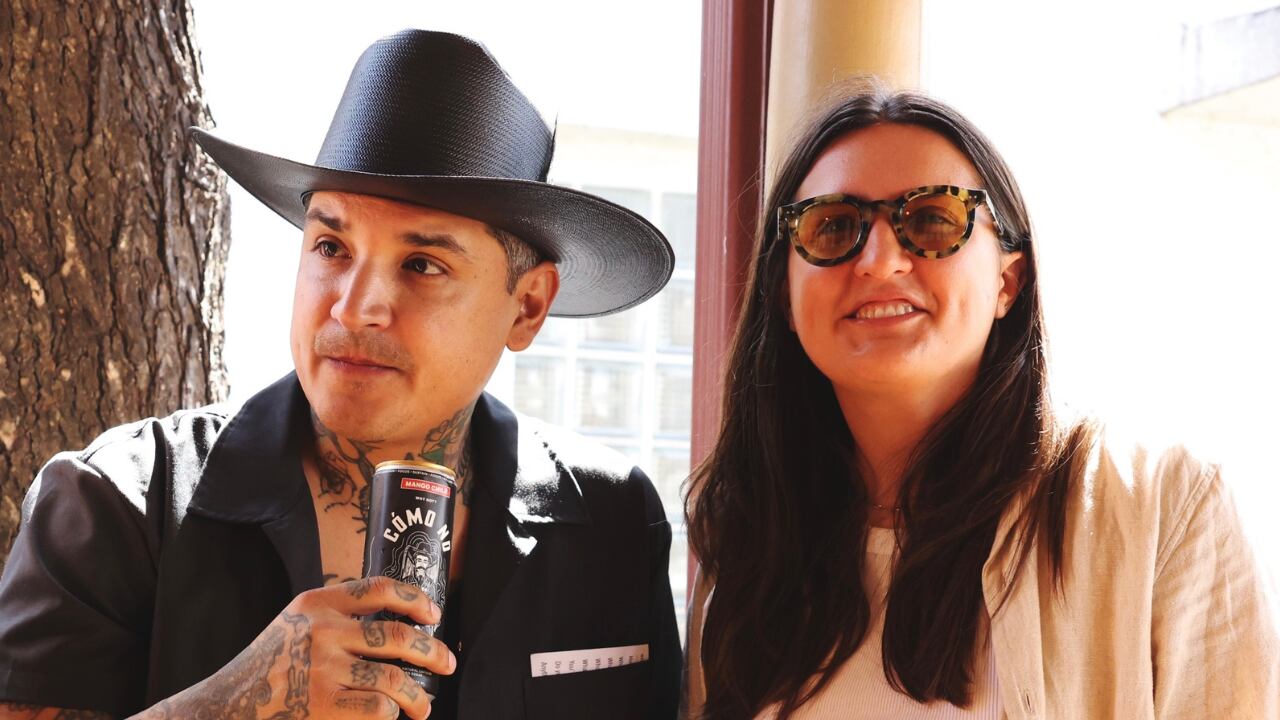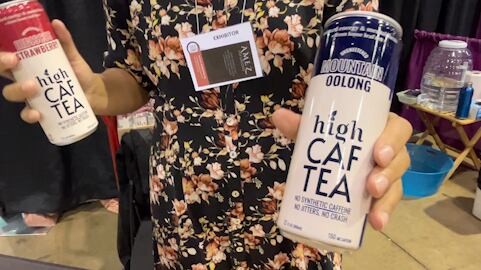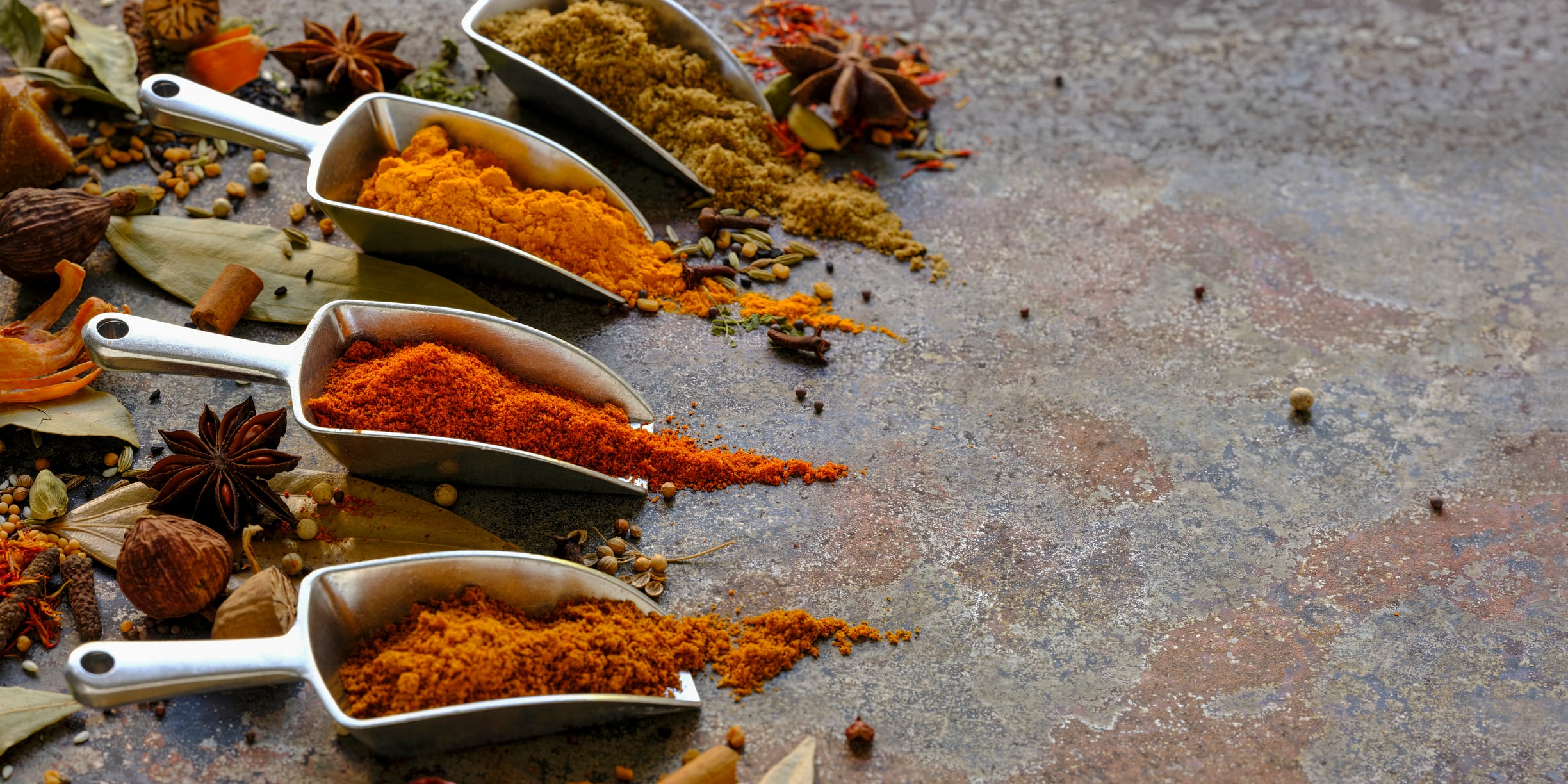Caffeinated sparkling water is growing in popularity, and Cómo No, an independent brand out of Brooklyn, NY, is betting on building its brand in the bar and restaurant scene.
Cómo No, which was launched in May, is the brainchild of Co-founders Kaylan Rexer and Gilbert Pachuco, who run marketing and brand building, respectively, for Ilegal Mezcal, which was bought by Bacardi Limited in 2023.
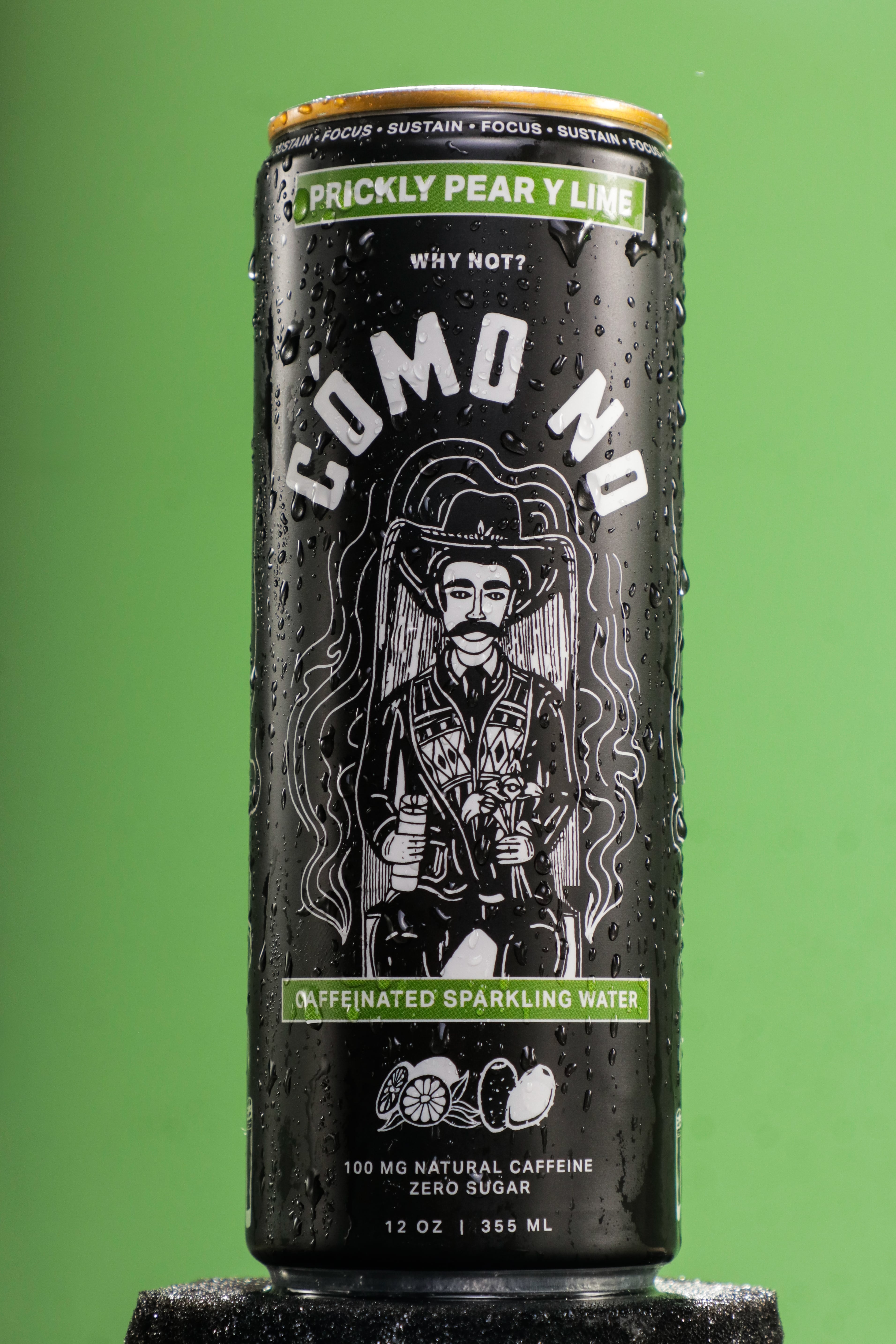
The 12-ounce drinks come in three varieties – Mango Chile, Pineapple Tamarind and Prickly Pear y Lime – and contain zero sugar, L-theanine and 100 milligrams of caffeine derived from green tea and guarana.
Cómo No, which is Spanish for “Why Not”, markets the drinks as offering a “smooth and sustained energy boost, naturally free from the jitters and crashes of synthetic alternatives.”
Flavored sparkling water sales hit $866.7 billion for the 52-week period ended Nov. 2, according to data from data analytics firm Spins, down 7.2% year over year, with over half a billion units sold during the period..
Cómo No’s market niche
Their work at Ilegal made Rexar and Pachuco realize the potential in the bar, restaurant and music scene for caffeinated sparkling water.
“We found that there was a space in bar culture and events where we didn’t really see something like Cómo No – something that was adaptable to be in a cocktail, but also, for those who are sober or sober curious to go out and have a good time with their friends.” Pachuco said.
Cómo No conducted product testing earlier this year at SXSW Music Festival and Coachella.

“The part that I think really got us was the musicians and the bartenders drinking it,” Rexar said. “The goal is to replace Red Bull in the hands of every bartender that’s grabbing that to survive the night.”
Pachuco has first-hand experience from his work as a bartender, where he learned patrons want to know that drinks they’re ordering are natural and offer a benefit.
“I think as that’s growing, people are starting to realize what’s inside some of these sugary energy drinks,” he said.
Latin flavor
Cómo No’s marketing leans heavily on Latin identity and features Maximón, also known as San Simón, a Guatemalan folk saint with Mayan and Catholic origins.
“This figure was always a big part of us going down to Guatemala to a bar called Cafe No Se and spending long nights tasting all the flavors of Guatemala, of Latin America in general,” Pachuco explained. “Always present was this man with a hat and a mustache. He is like the embodiment of ideas and experience and creativity.”
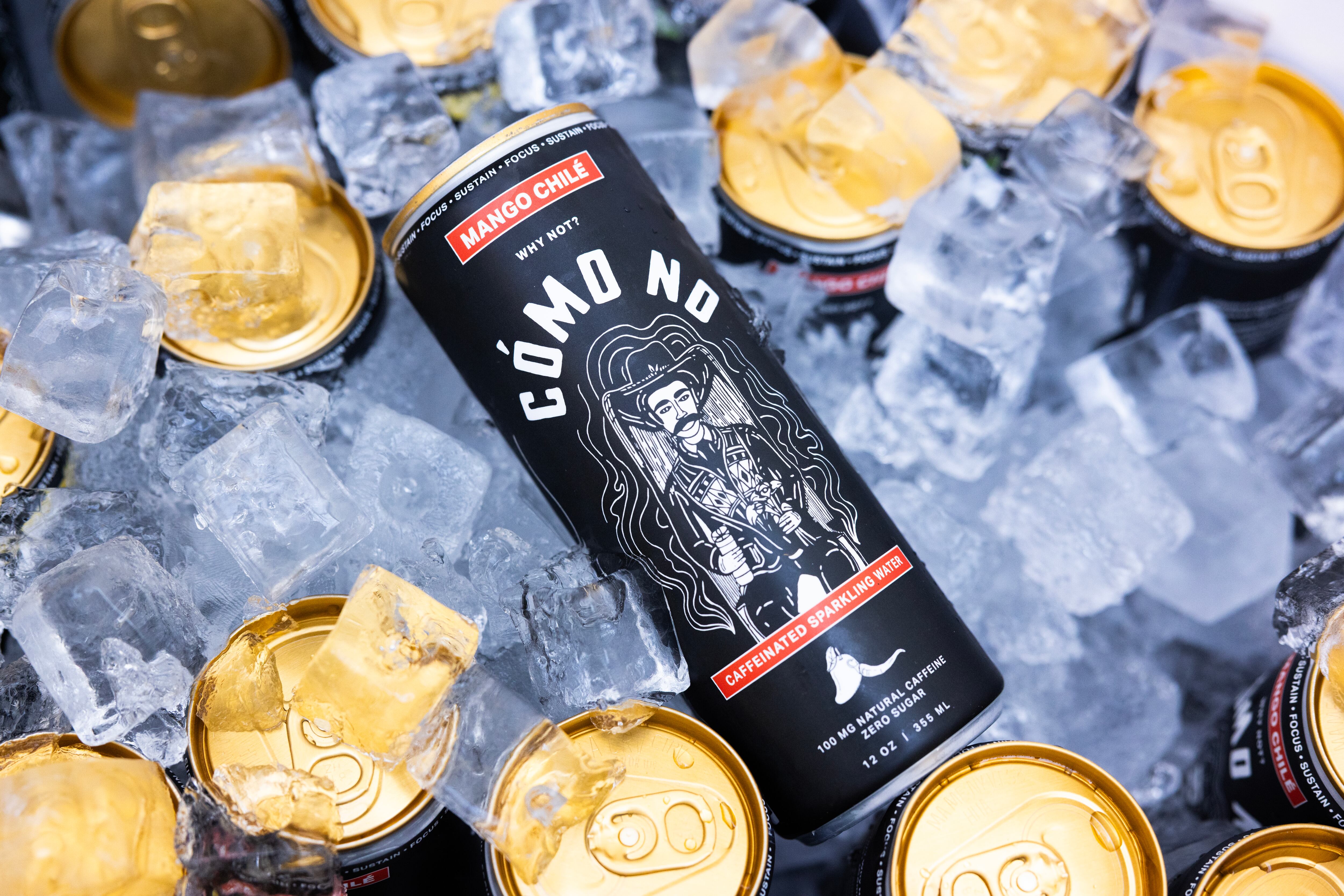
Rexar said tying the brand to this deity of creativity sends a message that its a functional drink that helps keep consumers focused “from the board room to the bar, from the desk to the dance floor.”
“We want this to be part of your successes as well, and your wins and your strategy at work,” she said.
Big props at BevNet
Cómo No received a big endorsement while presenting at BevNet’s pitch slam event earlier this year, where early-stage CPG companies pitch their products to a panel of industry judges.
Panelist Dan White, chief of new revenue streams at Coca-Cola, compared the product to its Topo Chico drink, which does not contain caffeine.
“We talk about Topo Chico that it hangs effortlessly with alcohol, and this is a brand that hangs effortlessly with alcohol and I think you’ve got a clear, you know, kind of challenger mentality, particularly against Liquid Death, in this space,” he said.


